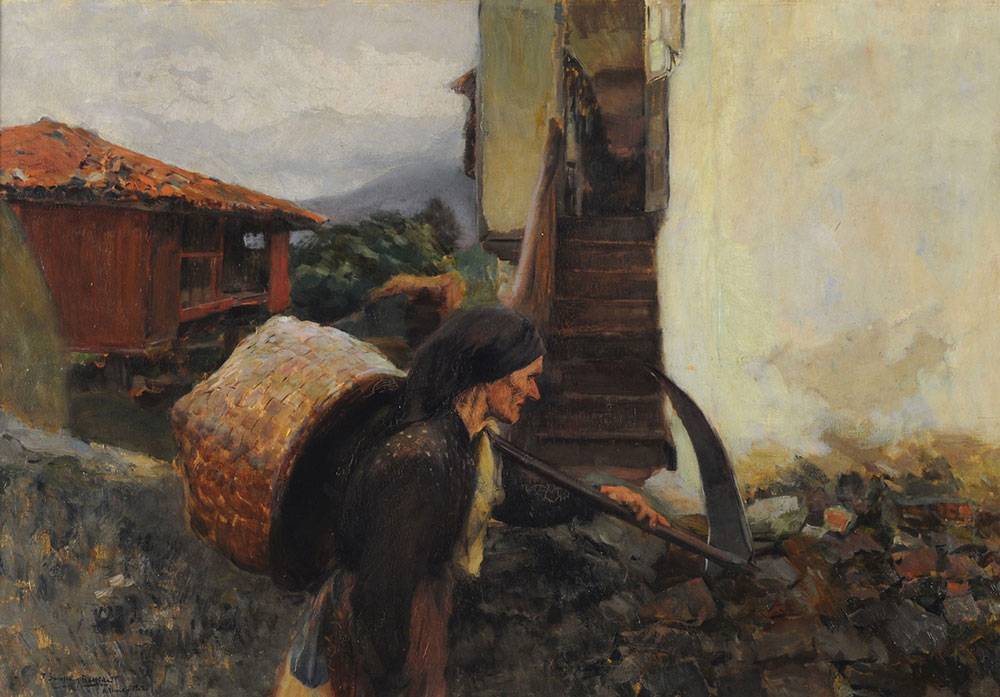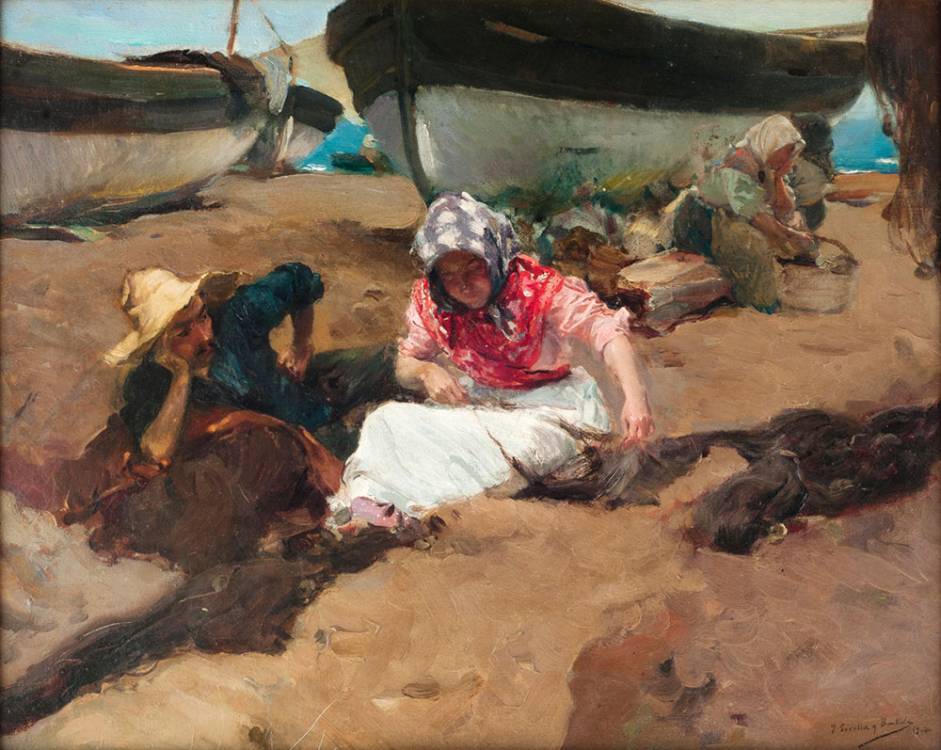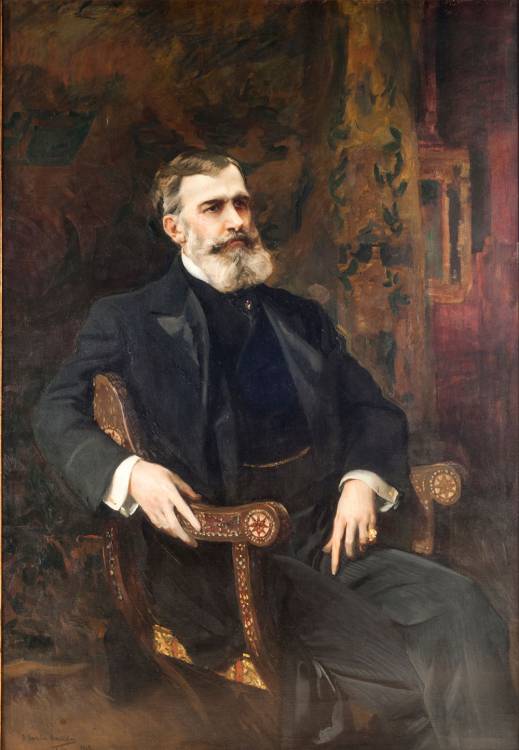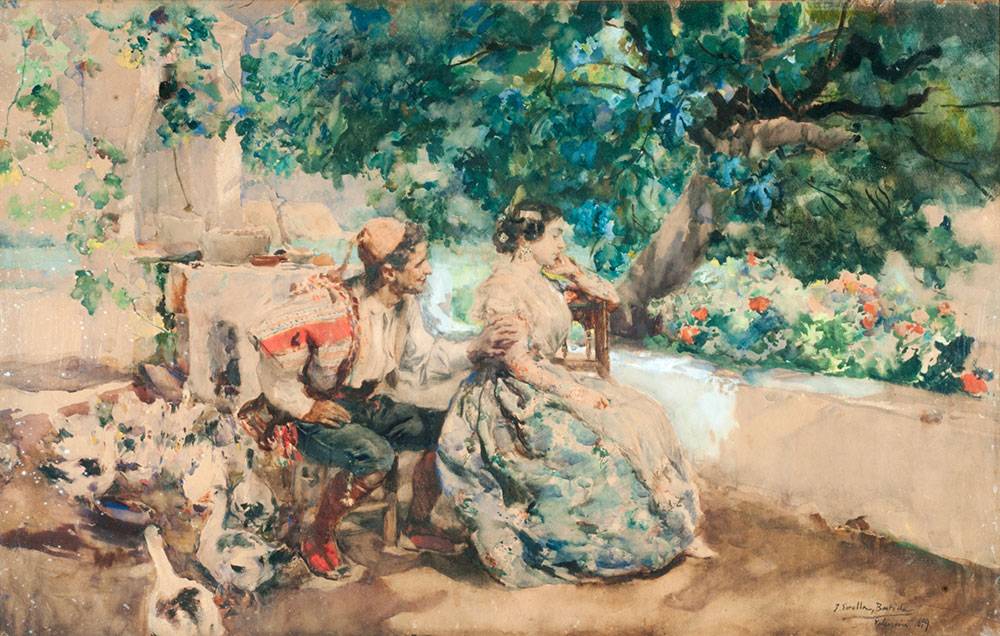Argentinian art
A vast panorama of Argentinean art, including works by its greatest representatives
Browse collection ›More information
From July 21, 2014 to Sept. 28, 2014
Tuesday to Friday from 11.30 am to 7.30 pm - Saturday and Sunday from 9.30 am to 8.30 pm
21
12 works on display
Guided tours: no guided tours
This display begins of a series of small, temporary exhibitions which will highlight particular artists of the MNBA collection, mainly from nineteenth century Europe. When presented with a room such as this devoted to one artist, new relationships between works often become apparent. Furthermore, from this interlude within the permanent display, the visitor can appreciate the history of the national collection, which was often defined by the taste of local art collectors.









.jpg)


A vast panorama of Argentinean art, including works by its greatest representatives
Browse collection ›Get to know the great works on exhibit, and more
Browse collection ›